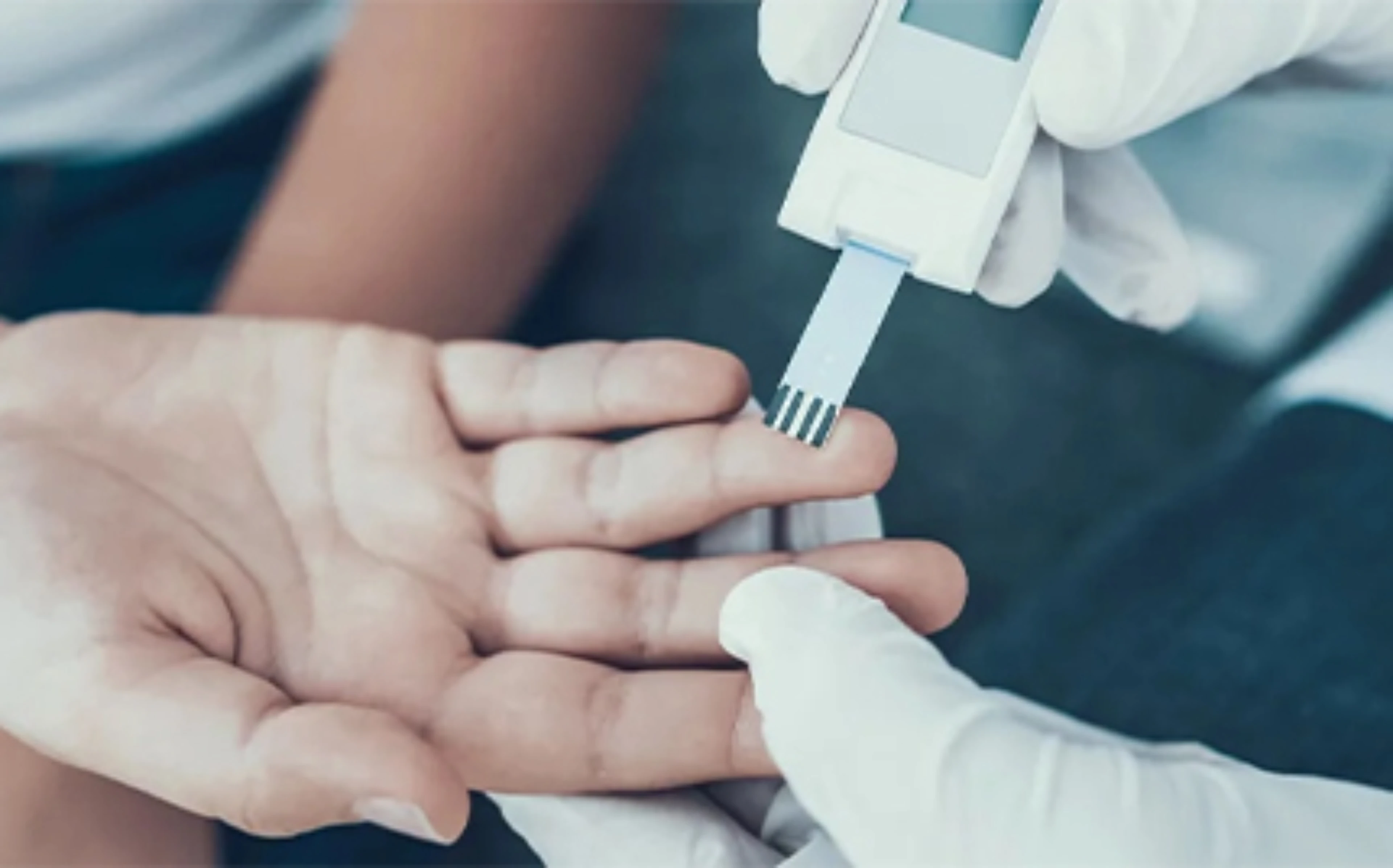- Article
- Source: Campus Sanofi
- May 15, 2025
Exploring the risk for severe hypoglycemia in the pool of studied patients with T1D

Objective1
This meta-analysis explores the risk for severe hypoglycemia with Gla-300 versus Gla-100 in the pool of studied patients with T1D.
Study Design
The following patients with T1D were pooled in the present study:
-
Edition 4 (n=549): adult patients (age ≥18 years), worldwide2
-
Edition JP 1 (n=243): adult patients (age ≥18 years), Japan3
-
Edition Junior (n=463): children and adolescents (age 6−17 years), worldwide4
Previous Basal Insulin4
Results1
Gla-300 provides effective and similar glycemic control versus Gla-100 in patients with T1D -0.3% HbA1c reduction LSM difference at week 26 (95% CI): 0.05% (-0.044 to 0.150)
Significant Lower percentage of patients with ≥1 Severe Hypoglycemic event with Gla-300 vs. Gla-100 from baseline to month 6 in pooled analysis -35% From baseline to month 6: OR (95% CI): 0.65 (0.42 to 0.98)
Conclusion1
- Gla-300 showed a lower risk for severe hypoglycemia compared with Gla-100 in a broad spectrum of patients with T1D, especially during the titration phase.
- Gla-300 provides effective and similar glycemic control versus Gla-100 in patients with T1D.
Gla-300, insulin glargine 300 U/ml; Gla-100, insulin glargine 100U/ml; T1D, type 1 diabetes; IDet, insulin detemir; NPH, Neutral Protamine Hagedorn insulin; IDeg, insulin degludec; CI, confidence interval; LS, least square; SE, standard error
-
Danne T, et al. PediatrDiabetes 2019;20 (Suppl28):P236. Poster presented at 45th Annual Conference for the International Society for Pediatric and Adolescents Diabetes (ISPAD) Boston 2019 –P236
-
Home, P., Bergenstal, R., Bolli, G., Ziemen, M., Rojeski, M., Espinasse, M. and Riddle, M., 2015. New Insulin Glargine 300 Units/mL Versus Glargine 100 Units/mL in People With Type 1 Diabetes: A Randomized, Phase 3a, Open-Label Clinical Trial (EDITION 4). Diabetes Care, 38(12), pp.2217-2225.
-
Matsuhisa, M., Koyama, M., Cheng, X., Takahashi, Y., Riddle, M., Bolli, G. and Hirose, T., 2016. New insulin glargine 300 U/ml versus glargine 100 U/ml in Japanese adults with type 1 diabetes using basal and mealme insulin: glucose control and hypoglycaemia in a randomized controlled trial (EDITION JP 1). Diabetes, Obesity and Metabolism, 18(4), pp.375-383.
-
Danne, T., Tamborlane, W., Malievsky, O., Franco, D., Kawamura, T., Demissie, M., Niemoeller, E., Goyeau, H., Wardecki, M. and Batielino, T., 2020. Efficacy and Safety of Insulin Glargine 300 Units/mL (Gla-300) Versus Insulin Glargine 100 Units/mL (Gla-100) in Children and Adolescents (6–17 years) With Type 1 Diabetes: Results of the EDITION JUNIOR Randomized Controlled Trial. Diabetes Care, 43(7), pp.1512-1519.
MAT-BH-2100763/v1/Sep 2021